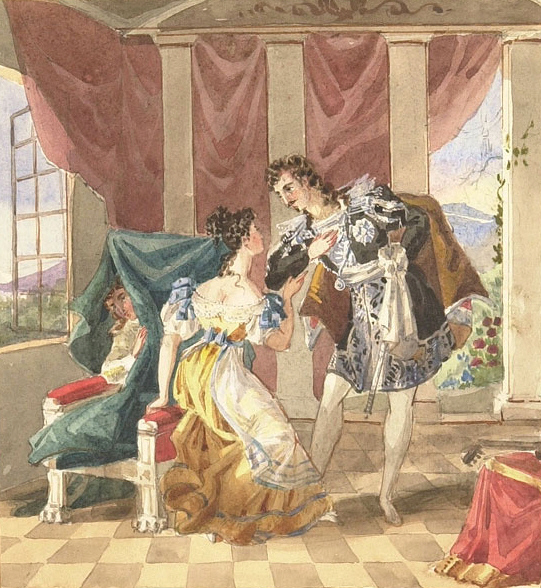 Just finished Reading Elizabeth George’s A Traitor to Memory, one of her Inspector Lynley mysteries. (722 pages, by the way, which makes it practically a saga by today’s standards.) What struck me most in the writing was the dialog, which moved front-and-center upon introduction of a secondary character, a young California woman. Until she spoke, I had fallen unawares into George’s U.K. speech rhythms and word choices—except for the odd “boot,” “nappy,” and the like. The contrast started me noticing how “British” everyone else’s speech was.
Just finished Reading Elizabeth George’s A Traitor to Memory, one of her Inspector Lynley mysteries. (722 pages, by the way, which makes it practically a saga by today’s standards.) What struck me most in the writing was the dialog, which moved front-and-center upon introduction of a secondary character, a young California woman. Until she spoke, I had fallen unawares into George’s U.K. speech rhythms and word choices—except for the odd “boot,” “nappy,” and the like. The contrast started me noticing how “British” everyone else’s speech was.
It isn’t just how Libby Neale speaks, it’s what she chooses to speak about that makes her so distinctively American. If something is on her mind, she says it. By contrast, the British characters are painfully reserved, which serves them well, because many of them are lying, anyway. Here are Libby and the main character, violin virtuoso Gideon Davies:
“What’s up then? You don’t look so great. Aren’t you cold? What’re you doing out here without a sweater?
Looking for answers, I thought.
She said, “Hey! Anyone home? I’m, like, talking to you here.”
I said, “I needed a walk.”
She said, “You saw the shrink today, didn’t you?”
And here’s how the Gideon’s violin teacher asks about the psychiatric visit, starting with a comment from Gideon:
“You were told to get me out of the house today.”
He didn’t deny it. “[Your father] thinks you’re dwelling too much on the past and avoiding the present.”
“What do you think?”
“I trust Dr. Rose. At least I trust Dr. Rose the father. As to Dr. Rose the daughter, I assume she’s discussing the case with him . . . He’s had decades of experience with the sort of thing you’re going through, and that’s going to count for something with her.”
“What sort of thing do you think I’m going through?”
“I know what she’s called it. The amnesia bit.”
“Dad told you?”
“He would do, wouldn’t he? I’m as much involved with your career as anyone.”
At the pace these two waltz around the subject, no wonder it took 722 pages to complete the story!
After the breath of fresh Pacific Coast air that Libby brought to the conversation, I began noticing what a great job George does with dialog for all her characters, and not just the familiar contrast between Inspector Lynley (8th Earl of Asherton) and his working-class partner, Constable Barbara Havers. This story contains an East German refugee who has perfected her English accent, but not quite mastered word order, lower-class accents of two young toughs from the council flats, and a younger woman who speaks differently and more directly than her older lover of the same social class. None of them devolves into caricature.
Going further, the characters’ actions often reflect the same turn of mind that their words do. Libby goes off half-cocked, intuition leads her astray, and her last impulsive act detonates the book’s conclusion. Careful language is appropriate to the characters taking time to get their stories straight. The precise German is putting her romantic ducks in a row.
The slang in this book, published in 2001, will become dated as the years pass, but remains fresh twelve years on. Meanwhile, it feels like we’re reading about real-live, unique individuals, with their own unique energy behind them, energy that leads to the actions only they would take. For a writer, inspirational, really.
Like this story? Share it, by clicking:




















